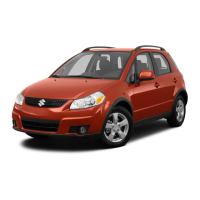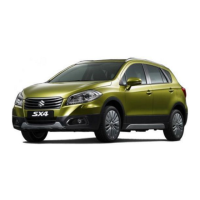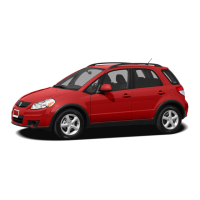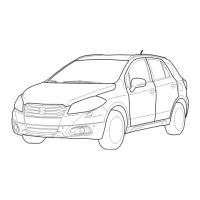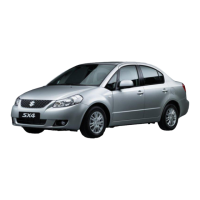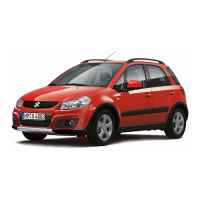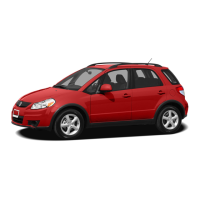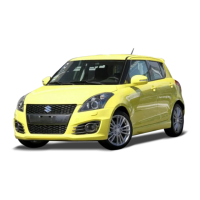A.
WARNING
(Continued)
• Never use the same seat belt on
more than one occupant and never
attach a seat
belt over an infant
or
child being held
on
an occupant's
lap. Such seat belt use
could
cause
serious
injury
in the event
of
an
accident.
• Periodically
inspect
seat belt
assemblies
for
excessive wear and
damage. Seat belts should be
replaced
if
webbing becomes
frayed, contaminated,
or
damaged
in any way.
It
is
essential
to
replace
the entire seat
belt assembly after
it
has been
worn
in
a severe impact,
even
if
damage
to
the assembly
is
not
obvious.
• Children age 12 and under should
ride properly restrained in the rear
seat.
• Infants and small children should
never be transported unless they
are properly restrained. Restraint
systems
for
infants and small chil-
dren can be purchased
locally and
should be used. Make sure
that
the
system you purchase meets appli-
cable safety standards. Read and
follow all
the
directions
provided by
the manufacturer.
(Continued)
A.
WARNING
(Continued)
• Avoid contamination
of
seat belt
webbing
by
polishes, oils, chemi-
cals, and particularly battery acid.
Cleaning may safely be carried out
using
mild
soap and water.
• For children,
if
the shoulder belt
irritates the neck
or
face, move the
child closer
to
the center
of
the
vehicle.
• All seat backs should always be in
an
upright
position when driving,
or
seat belt effectiveness may be
reduced. Seat
belts are designed
to
offer maximum protection when
seatbacks are
in
the
upright
posi-
tion.
BEFORE DRIVING
Lap-Shoulder
Belt
Emergency
Locking
Retractor (ELR)
The seat belt has
an
emergency locking
retractor (ELR), which is designed
to
lock
the seat belt only during a sudden stop or
impact.
It
also may lock if you pull the belt
across your body very quickly.
If
this hap-
pens,
let the belt go back
to
unlock
it,
then
pull the belt across your body more slowly.
Safety reminder
Sit up straight and
fully back
Low
on
hips
1-22
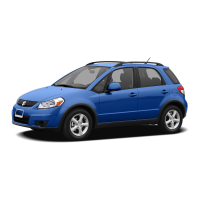
